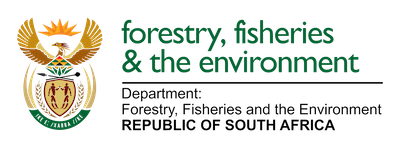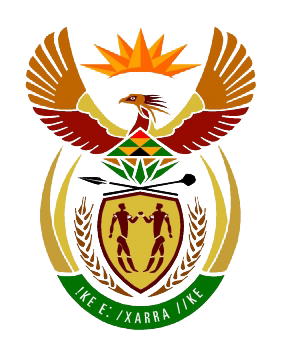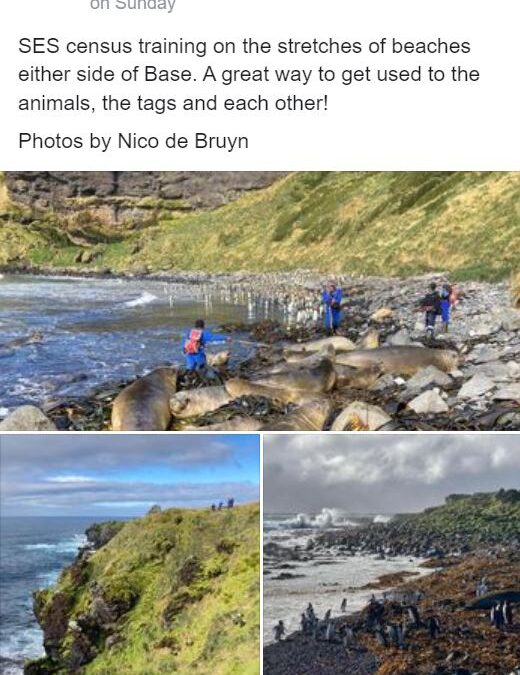
by Ria Olivier | May 2, 2023 | Current Event, Mammology, Marion Island, News, Research, SANAP, Science, Southern Ocean, sub-Antarctic
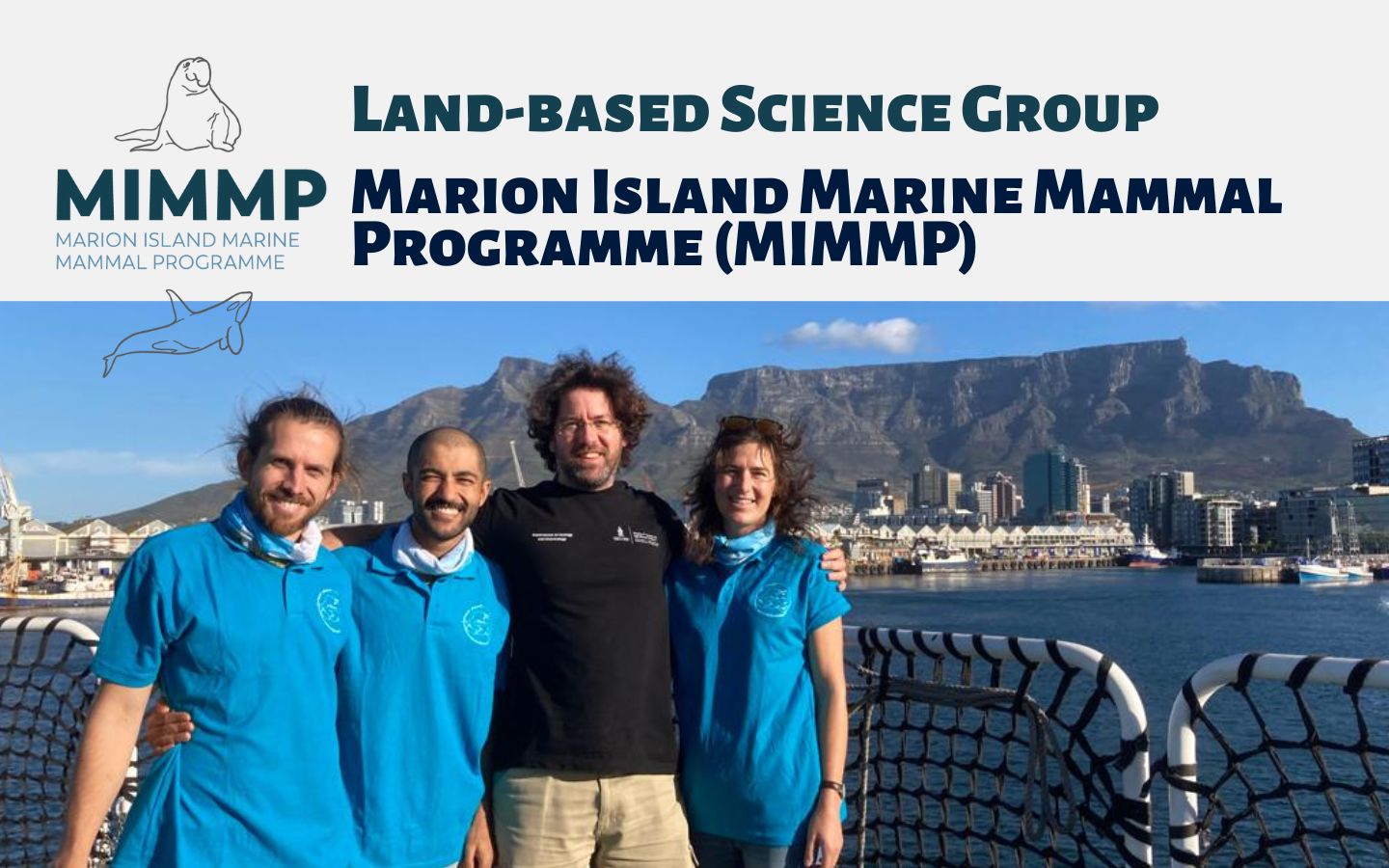
| TEAM | MIMMP |
| NRF-SANAP Funded Project Name | Marion Island Marine Mammals in Changing Environments: Individual Heterogeneity and Population Processes |
| Principal Investigator | Prof Nico de Bruyn |
| Affiliation | Mammal Research Institute, University of Pretoria |
| Takeover Sealer | Yinhla Shihlomule |
| M79 Sealer | Michael Ross |
| M79 Sealer | Banele Dosi |
| M79 Killer whaler | Monica Leitner |
| M80 Sealer | Zafar Monier |
| M80 Sealer | Dylan Seaton |
| M80 Killer whaler | Tammy Eggeling |
What are your plans for this takeover?
Into our 41st uninterrupted year of continuous monitoring! Takeover is mostly dedicated to training the new overwintering personnel, because most of the action (from a seal perspective) on the island take place outside takeover timeframes. Many long-term questions, aimed at understanding the ecology of the various species populations and their interactions with a changing environment, are pursued.
What are the main interest of the MIMMP in the sub-Antarctic region?
We are interested in how seal and killer whale populations change as the environment changes.
In more detail:
MIMMP does long-term ecological monitoring and research of four marine mammal species (Southern elephant seals, Antarctic – and Subantarctic fur seals, and Killer whales) at Marion Island. Focused primarily on population and foraging ecology, interactions between species and with their changing environments.
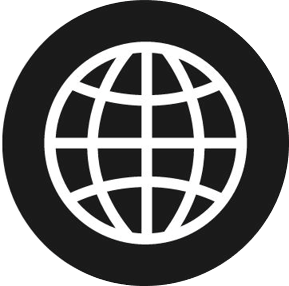
Check out the MIMMP Website!
Follow MIMMP on social media for the latest updates:



Most recent post on Facebook:
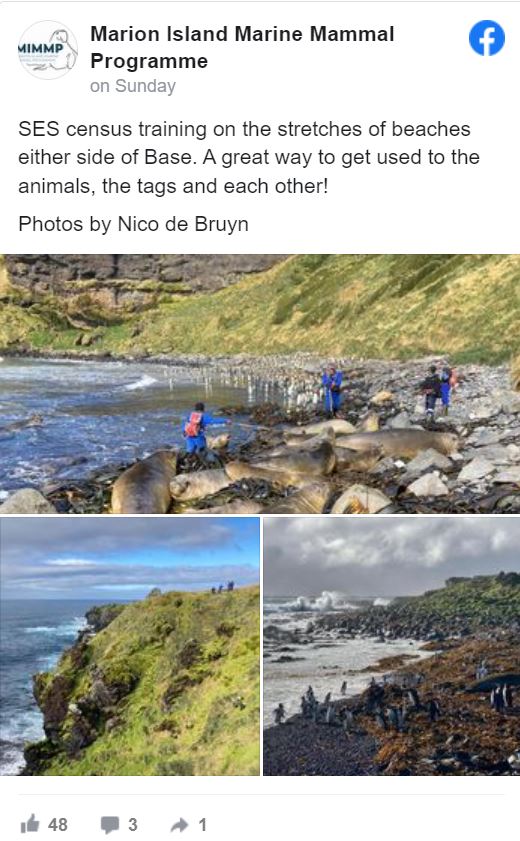
Text and images supplied by Prof Nico de Bruyn.
Featured image: The MIMMP takeover 2023 team. L-R: Dylan Seaton (M80 Sealer), Zafar Monier (M80 Sealer), Prof Nico de Bruyn (PI) and Tammy Eggeling (M80 Killer whaler). Photo taken in Cape Town, on board the S.A Agulhas II, before departure.
Anche Louw, South African Polar Research Infrastructure (SAPRI DPS Node), 02 May 2023
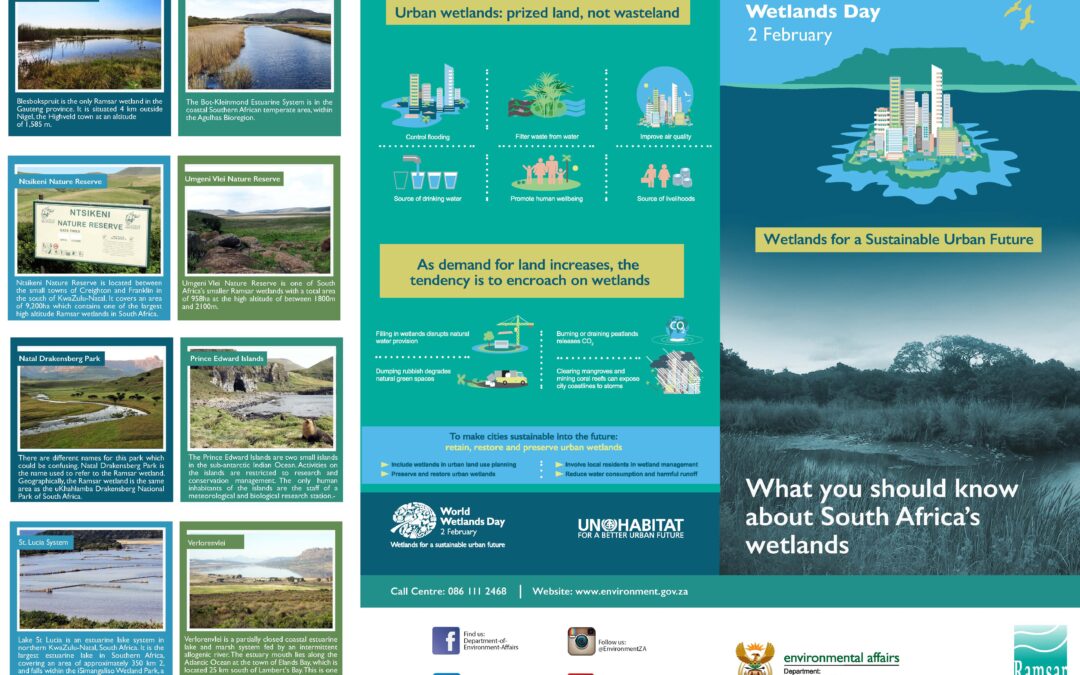
by Ria Olivier | Feb 2, 2023 | Commemorative Days, Current Event, Environment, International Days, Marine Protected Area, Marion Island, Mice Eradication, News, Prince Edward Island, Prince Edward Islands, SANAP, Science, Southern Ocean, sub-Antarctic
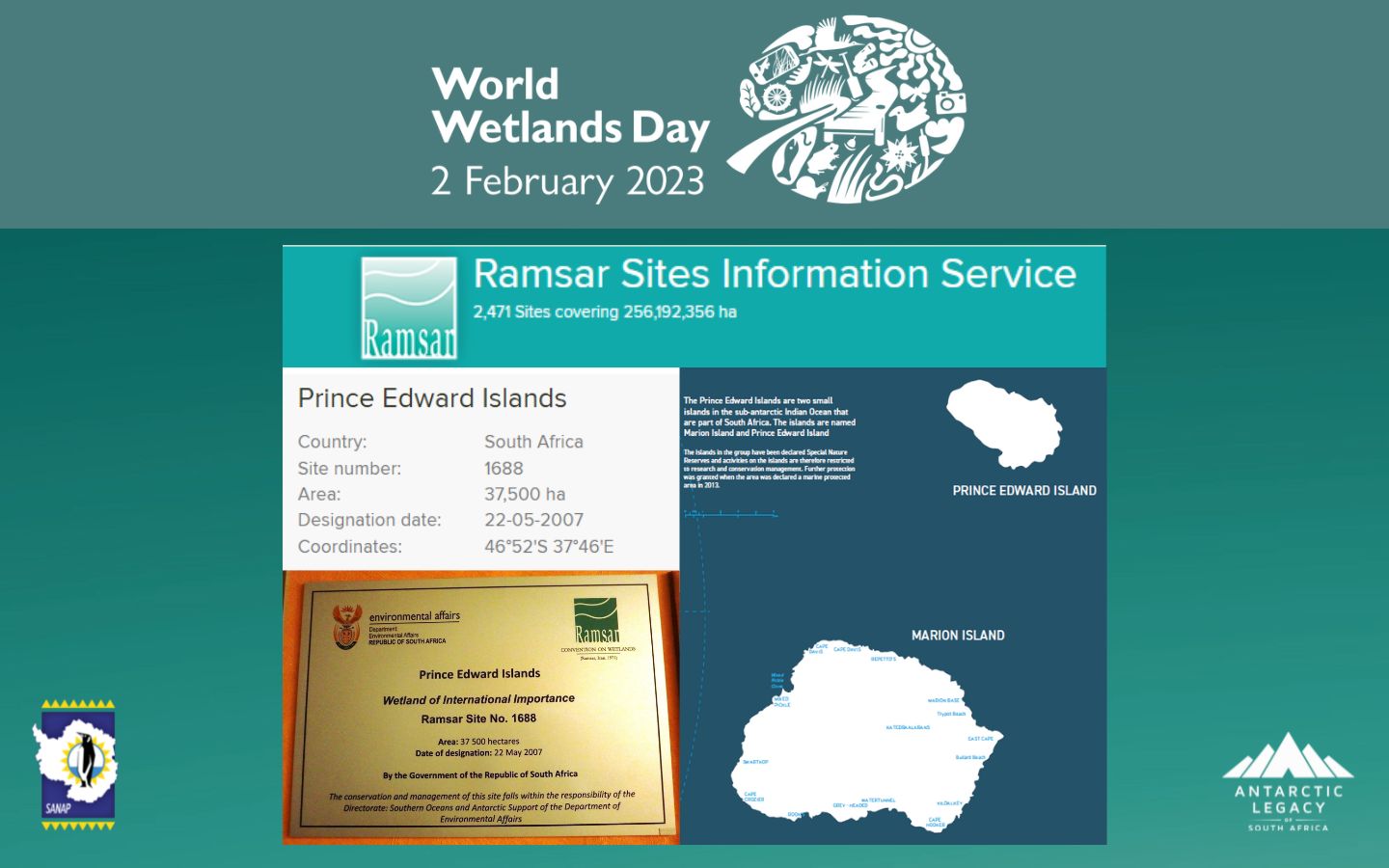 World Wetlands Day, is celebrated every year on 02 February. On this day, in 1971, the Convention on Wetlands of International Importance (Ramsar Convention) was signed in Ramsar, Iran.
World Wetlands Day, is celebrated every year on 02 February. On this day, in 1971, the Convention on Wetlands of International Importance (Ramsar Convention) was signed in Ramsar, Iran.
World Wetlands Day is celebrated to to “raise awareness and understanding of what wetlands are and how we can contribute towards restoring them through making conscious choices, becoming persuasive voices and taking bold actions” (read more here).
What is a wetland?
A wetland is defined as the land which is transitional between terrestrial and aquatic systems where the water table is usually at or near the
surface, or the land is periodically covered with shallow water, and which land in normal circumstances supports or would support vegetation typically adapted to life in saturated soil (1).
Why is wetland restoration so important? Listed below are a few benefits of wetland restoration:
- Enhanced biodiversity
- Improve water supply
- Store carbon
- Reduced impacts from flooding
- Improve livelihoods
- Enhance well–being
- Protection of agricultural resources (1; 2)
Is your role in wetland restoration important?
Yes! Our individual and collective actions have an impact (1).
What can you as individual do to help protect and preserve wetlands?
- Participate in programs that help protect and restore wetlands.
- Report illegal actions such as unauthorized wetland fill or dredging activities to government authorities
- Pick up litter and dispose in appropriate trash containers. Keep surface areas that wash into storm drains clean from pet waste, toxic chemicals, fertilizers and motor oil, which can eventually reach and impair our wetlands.
- Use native species when planting trees, shrubs and flowers to preserve the ecological balance of local wetlands.
- Avoid wetland when you are expanding your house.
- Use phosphate-free laundry and dishwasher detergents. Phosphates encourage algae growth, which can suffocate aquatic life.
- Use non-toxic products for household cleaning and lawn and garden care. Never spray lawn and garden chemicals outside on a windy day or on a day that it might rain and wash the chemicals into waterways.
- Enjoy the scenic and recreational opportunities wetlands offer, while preserving their integrity for future generations by minimizing the use of heavy equipment and staying in designated visitor areas where available (3).
Did you know that the South African Prince Edward Islands (Prince Edward Island and Marion Island) is declared as Wetland of International Importance?
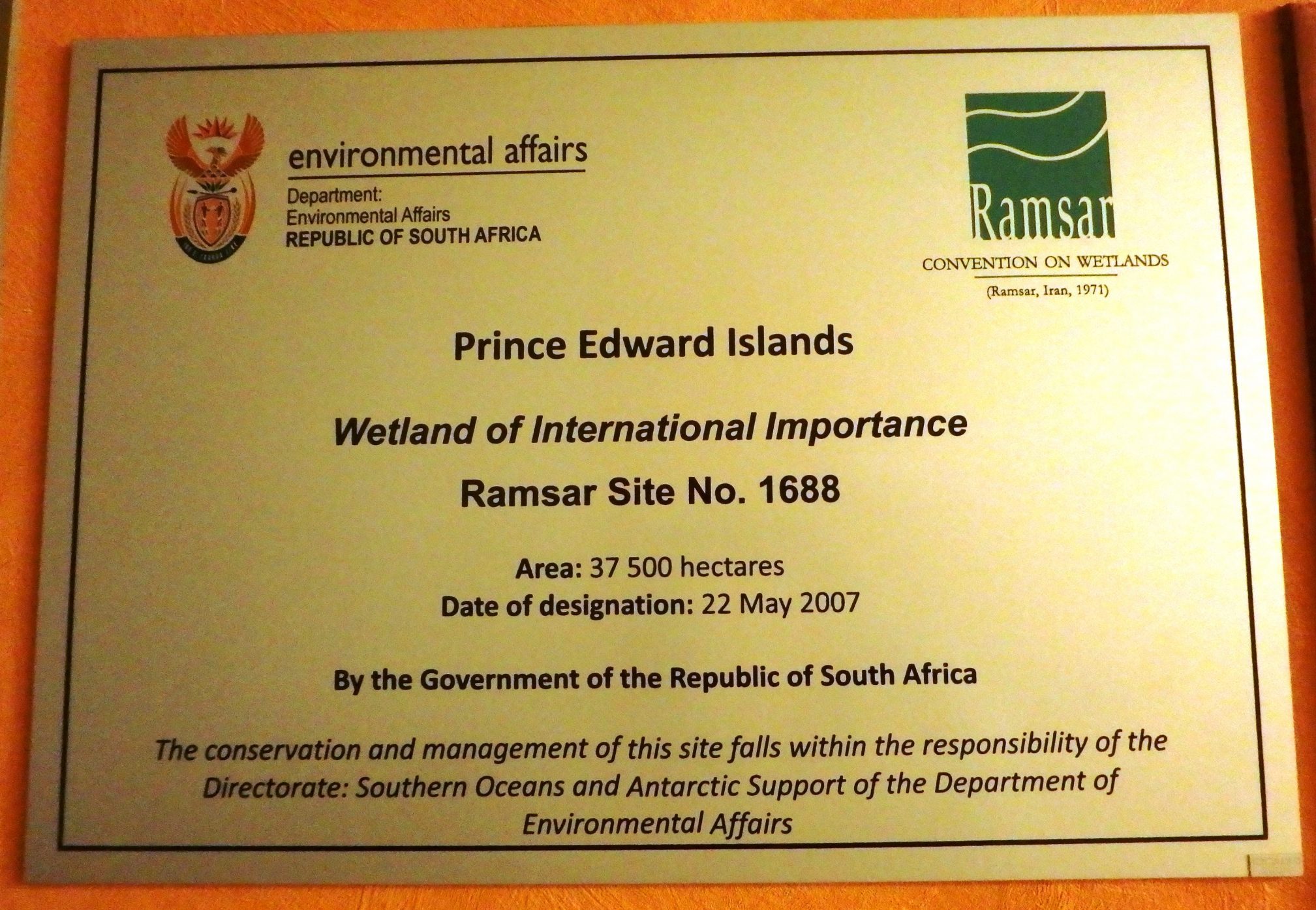 The Prince Edward Islands was declared Wetland of International Importance: Ramsar Site No.1688, on 22 May 2007. The conservation and management of this site falls within the responsibility of the Directorate: Southern Oceans and Antarctic Support of the Department of Forestry, Fisheries and the Environment.
The Prince Edward Islands was declared Wetland of International Importance: Ramsar Site No.1688, on 22 May 2007. The conservation and management of this site falls within the responsibility of the Directorate: Southern Oceans and Antarctic Support of the Department of Forestry, Fisheries and the Environment.
Want to know about wetlands in South Africa?
Click on the posters to enlarge.
What’s been happening on Social Media
Sources:
1- https://www.worldwetlandsday.org/
2- https://www.dffe.gov.za/event/international/wetlandsday2013
3- https://www.epa.gov/wetlands/what-you-can-do-protect-coastal-wetlands
4- https://rsis.ramsar.org/ris/1688
5- https://alp.lib.sun.ac.za/handle/123456789/15327
6- https://blogs.sun.ac.za/antarcticlegacy/event/world-wetlands-day/
Anche Louw, South African Polar Research Infrastructure, 02 February 2023.

by Ria Olivier | Jan 10, 2023 | Announcement, Antarctica, Current Event, Environment, News, SA Agulhas II, SANAE, SANAE IV, SANAP, Science, Stations
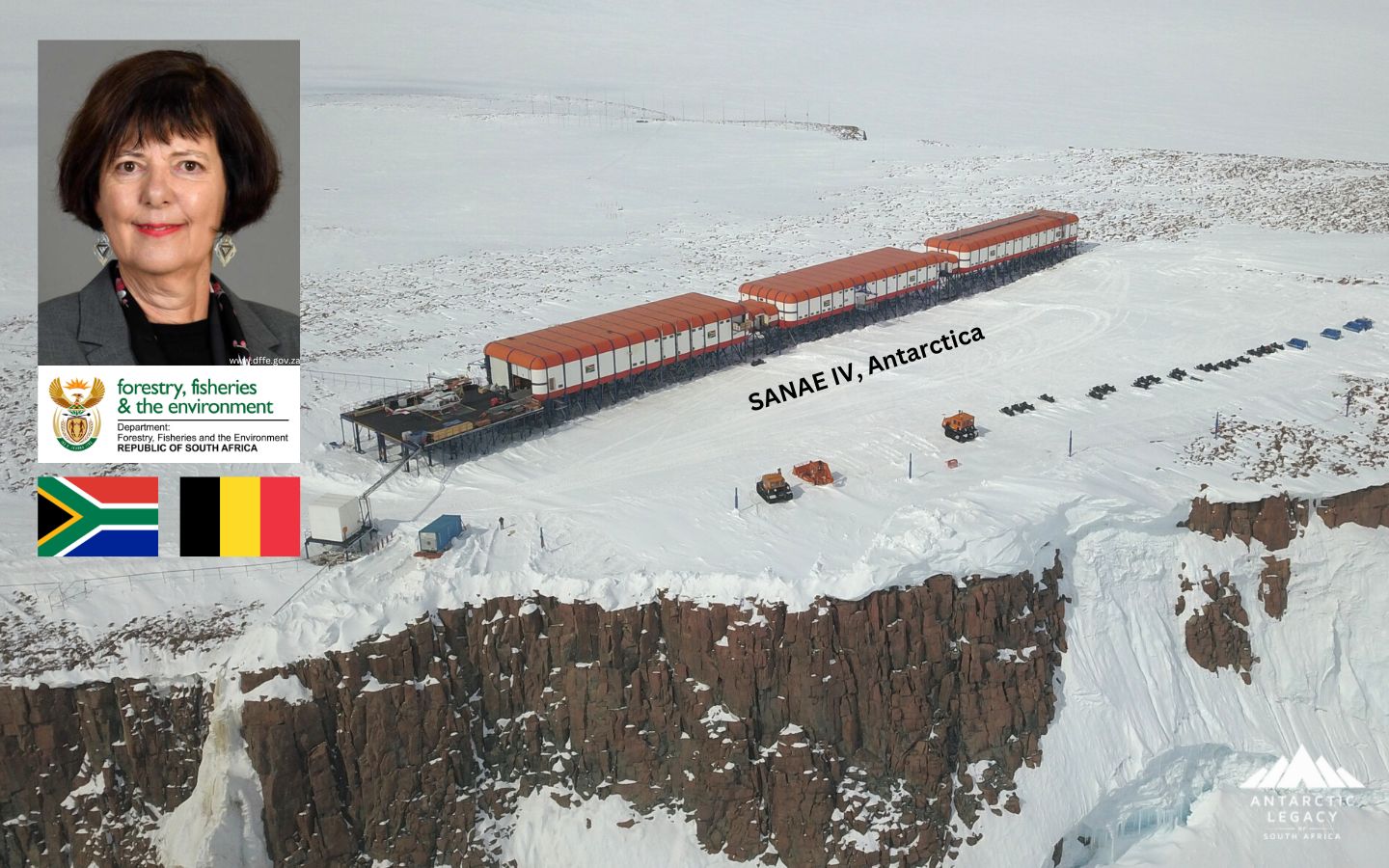
Media Release by the Department of Forestry Fisheries and the Environment
Minister Barbara Creecy visits Antarctica, 9 to 12 Jan
Forestry, Fisheries and the Environment Minister, Ms Barbara Creecy, will on Monday (9 January 2023) visit the Princess Elisabeth Antarctic Research Station as a guest of the Government of Belgium for four days.
The Ministerial visit to the research station is being hosted by the Government of Belgium and the International Polar Foundation, as the operator of the Princess Elisabeth Antarctica under mandate from the Belgian Polar Secretariat.
While at the base the Minister will have an opportunity to learn more about the first zero emissions research station in Antarctica, which has become a showcase for best practice in the use of renewable energies to reduce the environmental impact of operations on Antarctica. The Belgians have expressed their desire to sharing Best Practice to improve the environmental performance of the South African Research Infrastructure in Antarctica.
The Belgian Antarctic Research Expedition (BELARE) uses Cape Town as its gateway.
On Tuesday, 10 January 2023, Minister Creecy will travel from the Belgian base to the South African Antarctic Programme’s Research Station, known as SANAE IV, in Queen Maud Land. At the base, which is managed and administered by the Department of Forestry, Fisheries and the Environment, Minister Creecy will interact with station crew and also inspect the facilities used by the South African scientists. During the visit to the biodiversity hotspot, the Minister will learn about the threats of pollution and research into the human impact on ocean and marine ecosystems threatened by global climate change and earth systems observations.
The S.A. Agulhas II departed Cape Town in December with the team for 2023, also delivering equipment, supplies and fuel.
The department has maintained South Africa’s research presence in Antarctica and the Prince Edward Islands. The scientific data that is collected during voyages is critical to the understanding of amongst other things, the impacts of climate change and weather information associated with extreme events.
The first South African built Antarctic base, a wooden structure, SANAE I, was a Meteorological research station constructed in 1961/62. South Africa has not only maintained an uninterrupted presence in the Antarctic since 1960 but played an active role in the management and conservation of the vast continent and contributed to the pool of scientific knowledge.
MEDIA RELEASE
For media inquiries contact:
Albi Modise
Cell: 083 6490 2871
Ria Olivier, Antarctic Legacy of South Africa, 10 January 2023
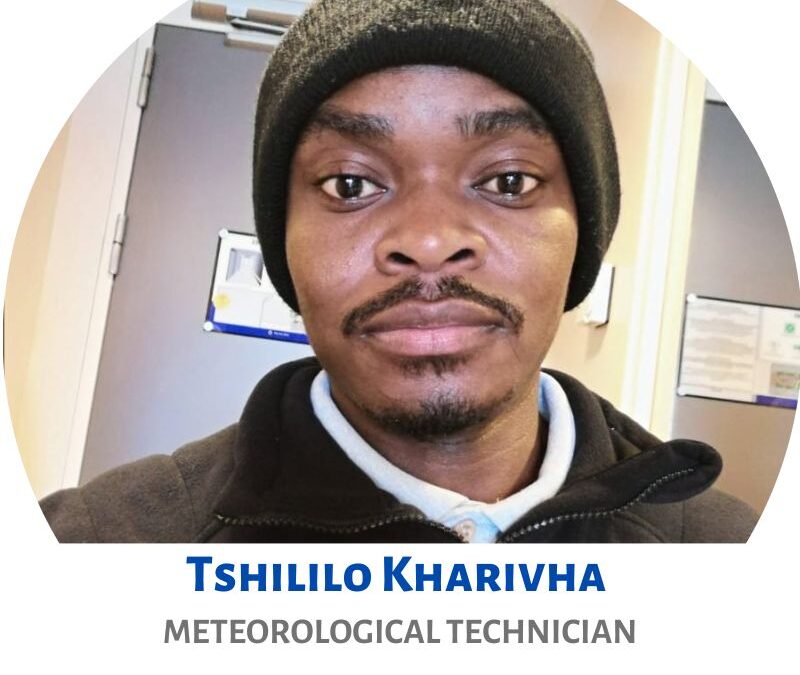
by Ria Olivier | Aug 25, 2022 | Announcement, Current Event, Gough Island, News, Overwintering Team, Stations, Team member, Team Photo, Tristan da Cunha

G68 Team (Left to Right): Lucy Dorman, Joyfull Ntobeko Gaju (removed from the team and replaced with G67 Medic, Sandile Nkebe), Philani Siyabonga Ngcobo (removed from the team and replaced with G67 Assistant Meteorological Technician, Tshililo Kharivha), Sibusiso Maduna, Rebekah Goodwill, Mphumzi Brooklyn Zilindile, Eddy Mfezeko Xaki, Khuliso Collen Maphaha, Mayembe Kapenda.
On 20 August 2022, the S.A. Agulhas II departed to Gough Island, via Tristan da Cunha. They will soon arrive at their new home, where they will be living for the next approximately 13 months. The G68 team will replace the G67 team.
68th Gough Island Overwintering Team (G68)
We asked the team members why they applied to be part of G68?
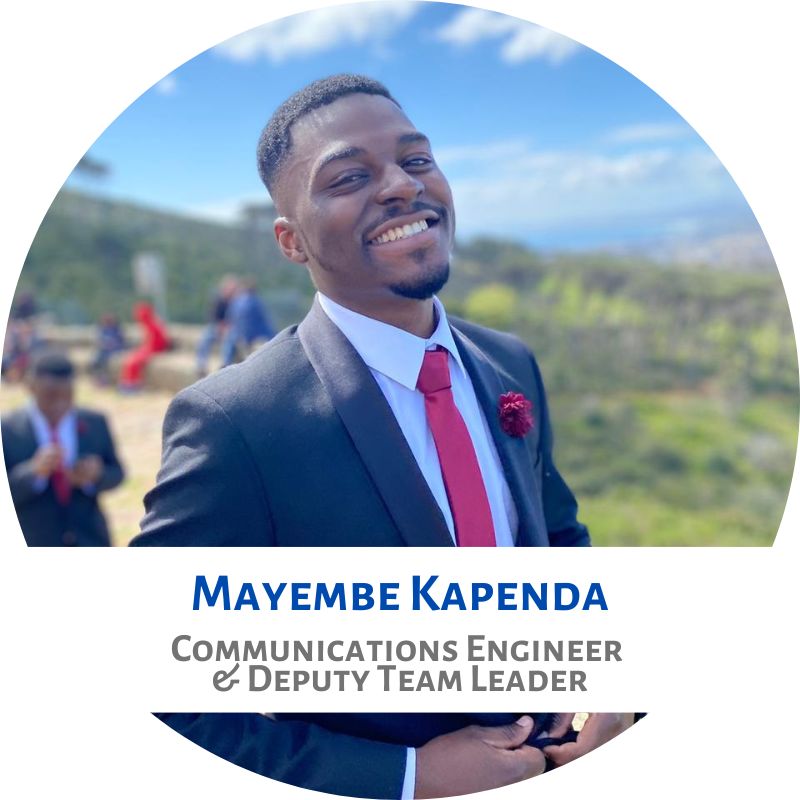
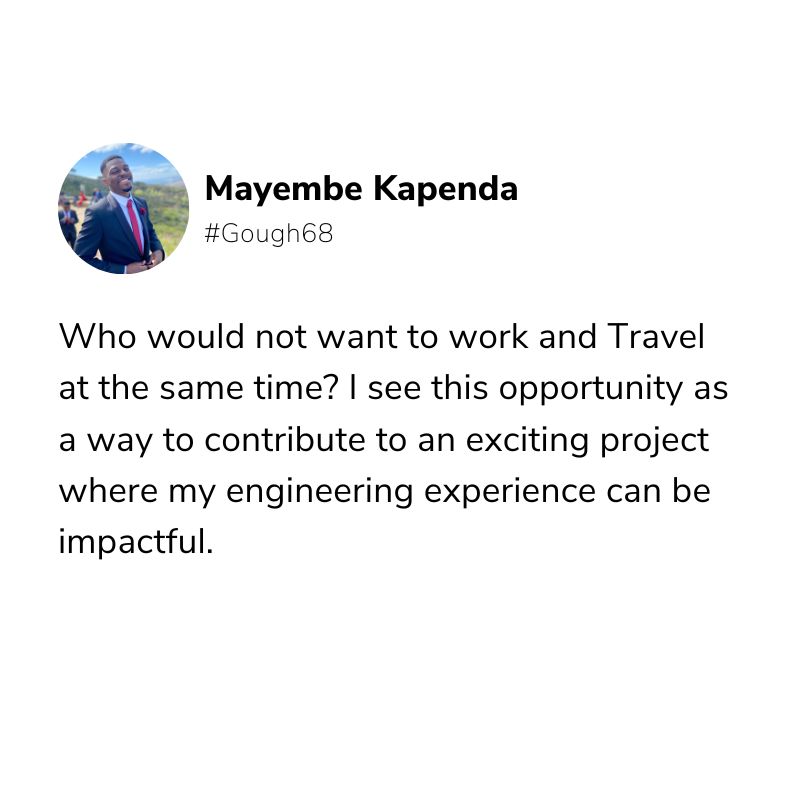
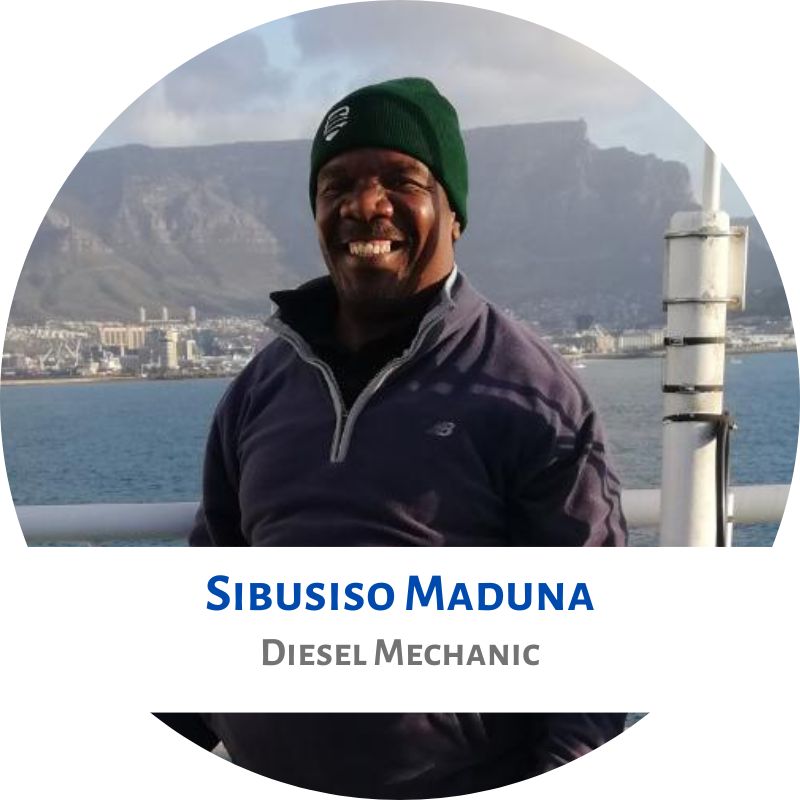
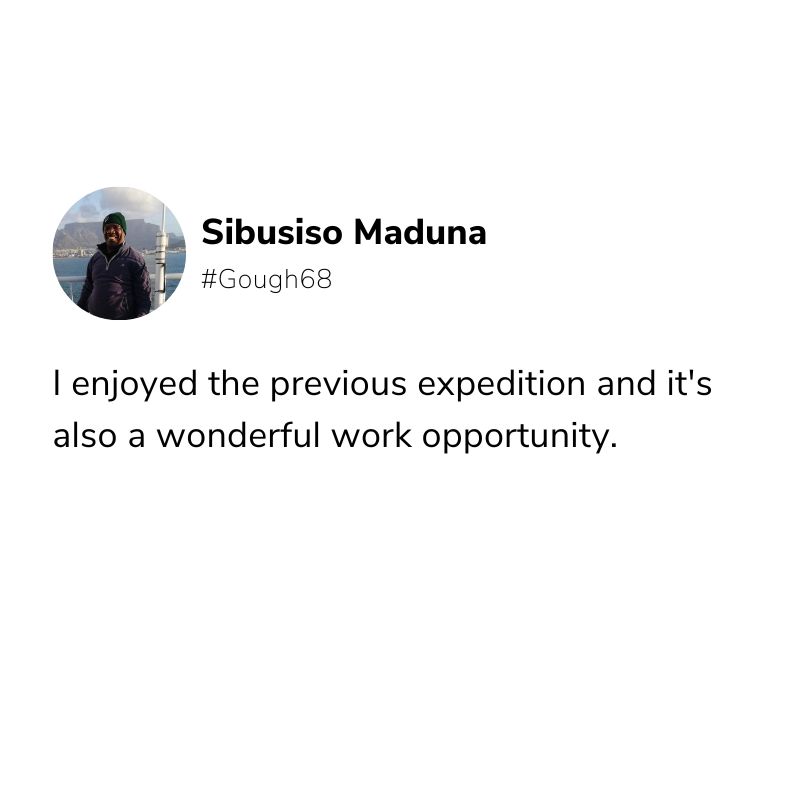
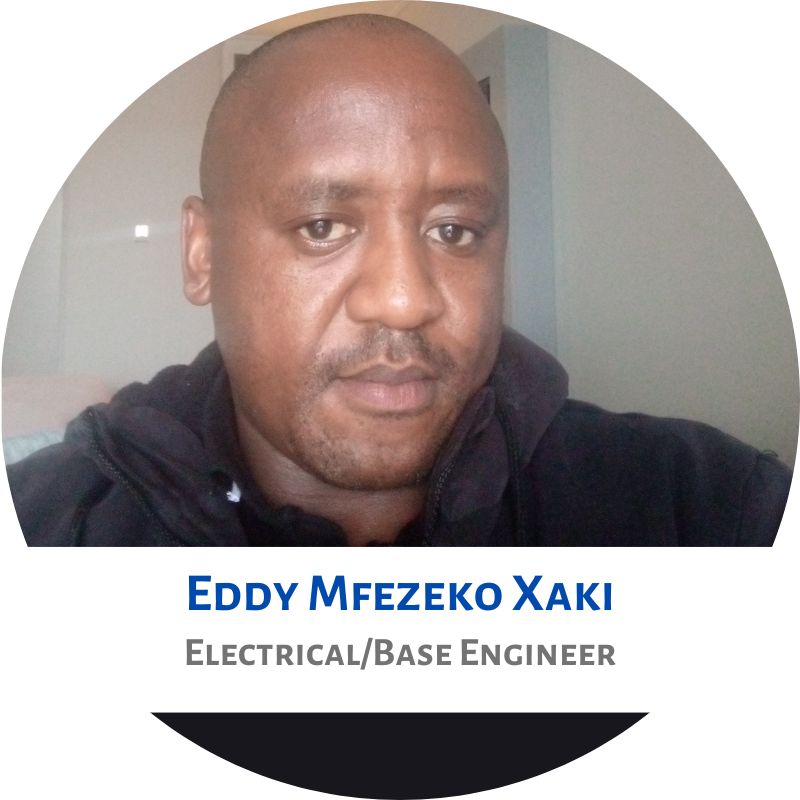

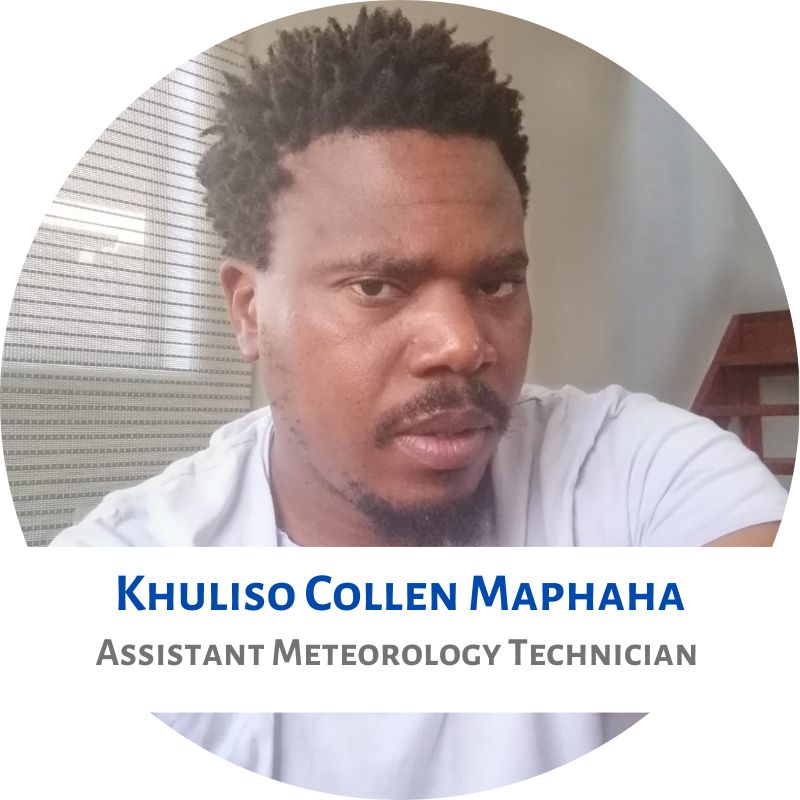

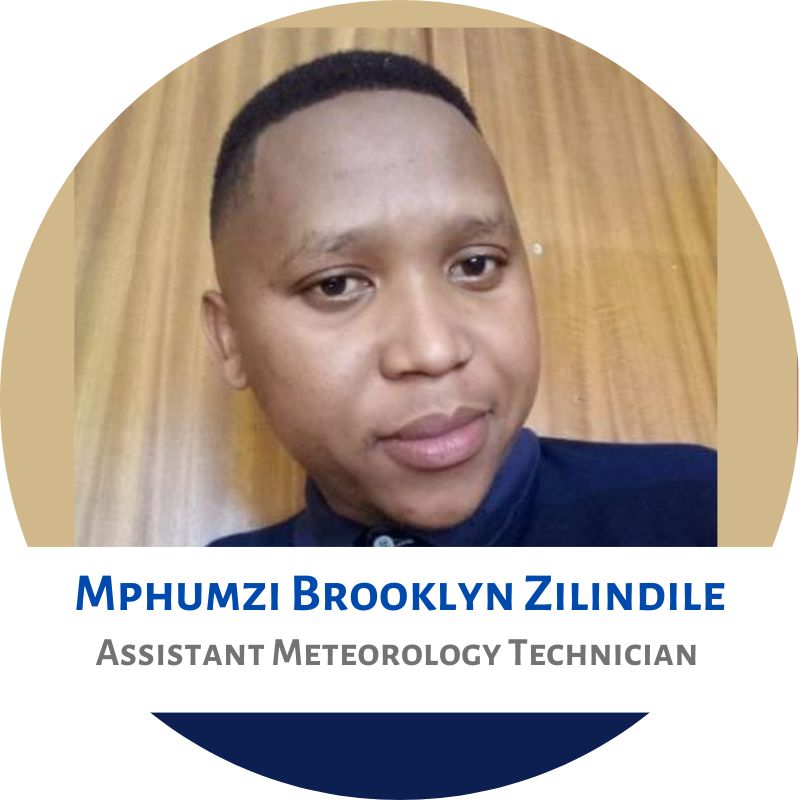
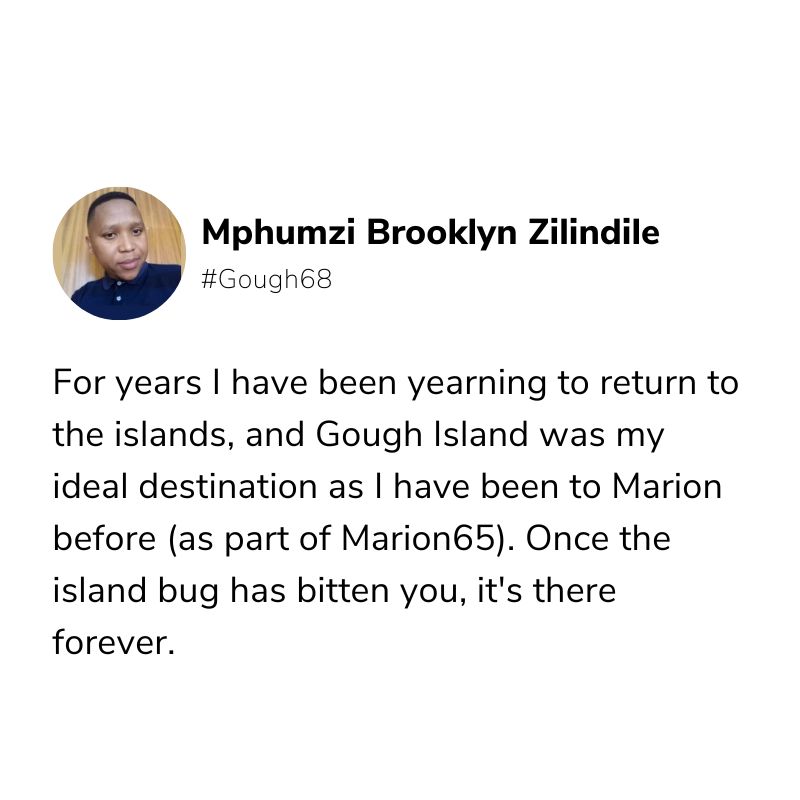
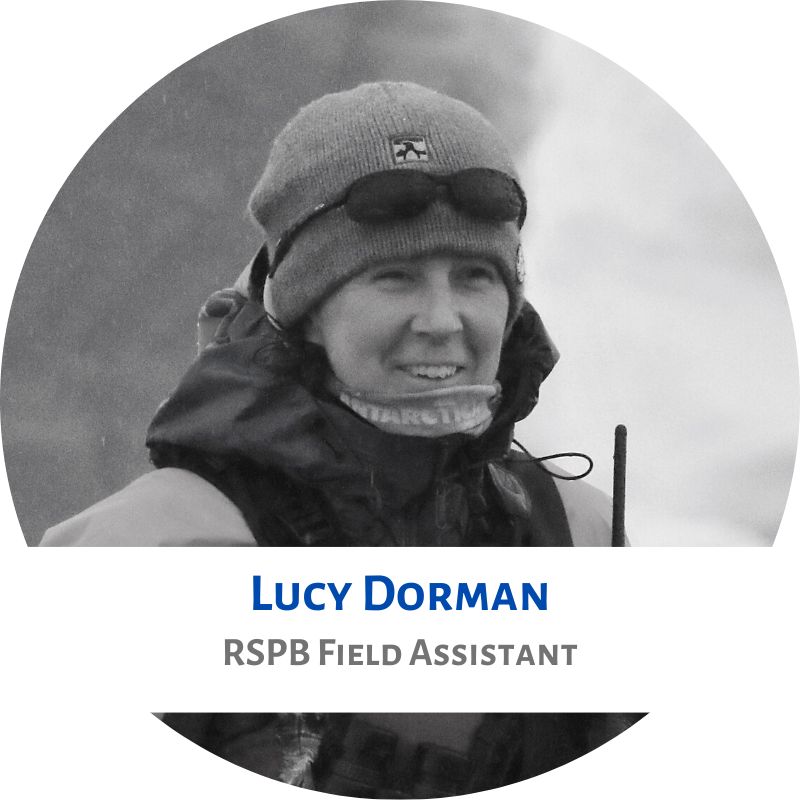
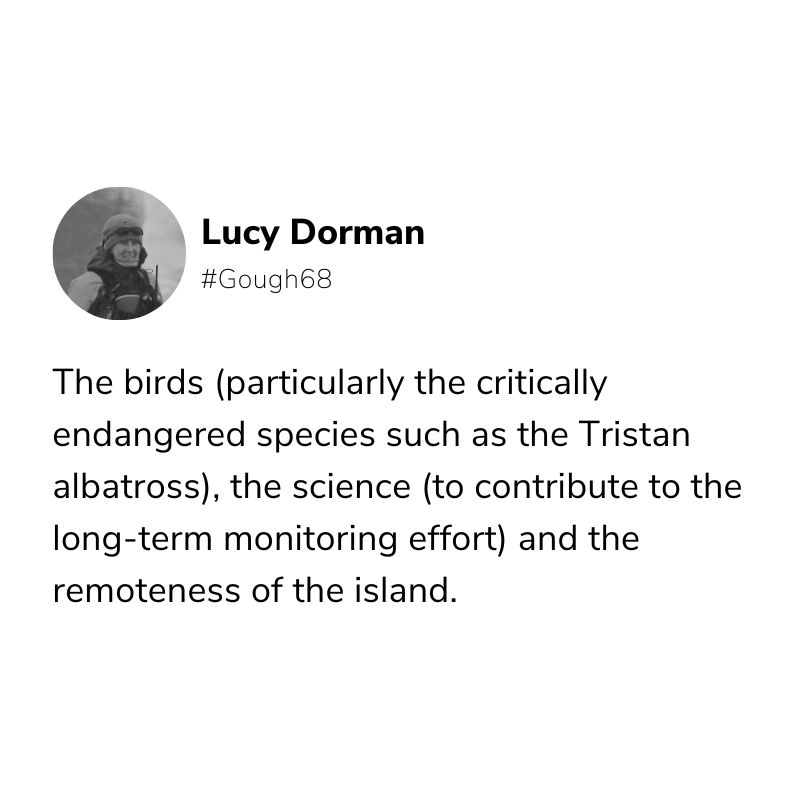
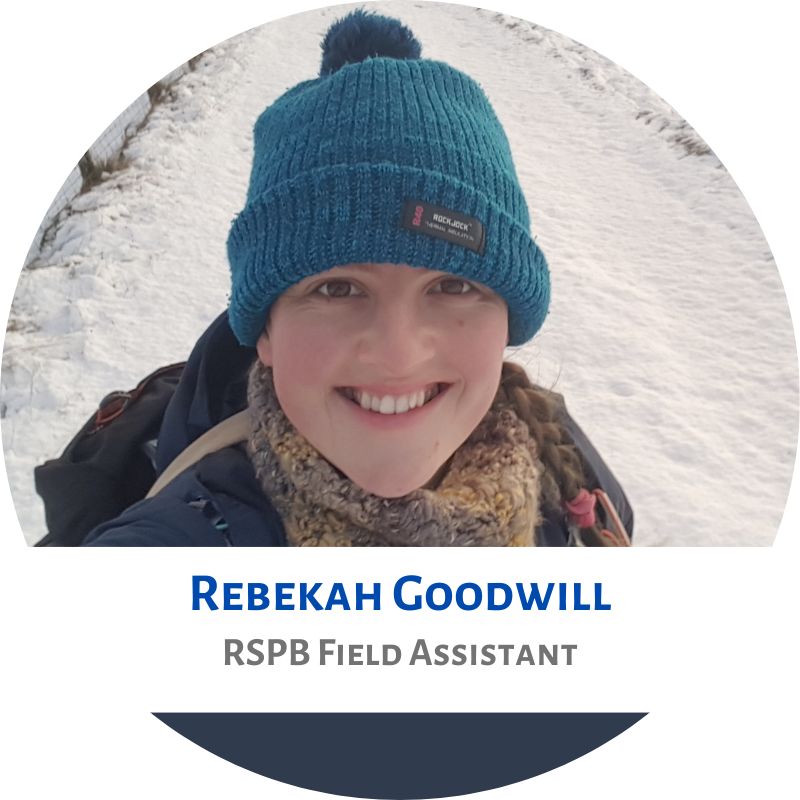
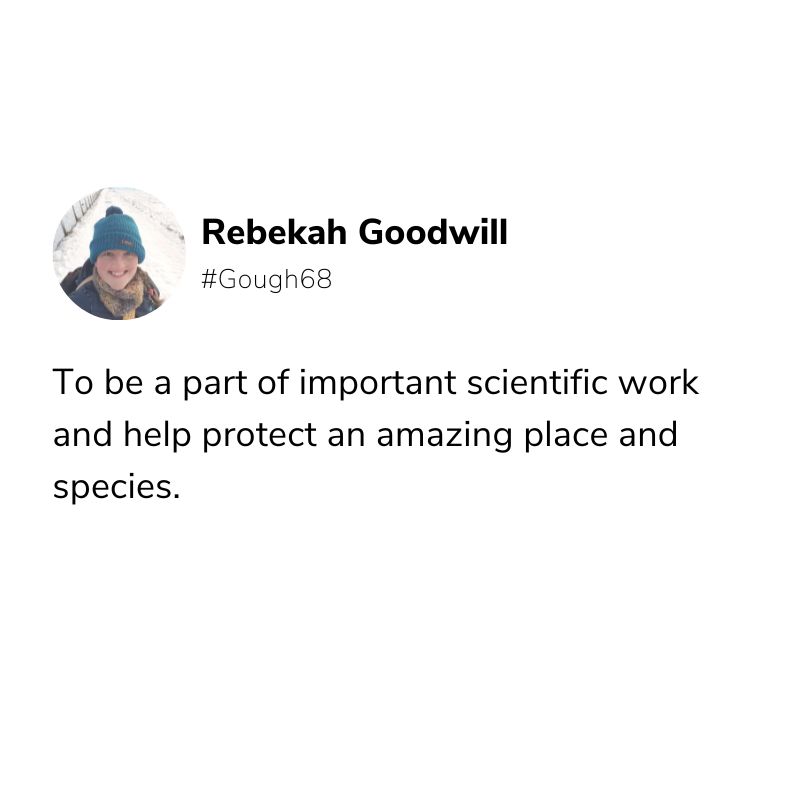
Two team members stayed behind from G67. The Medical Orderly, Sandile, will be replaced at a later stage and Tshililo will stay on for the year as part of G68.
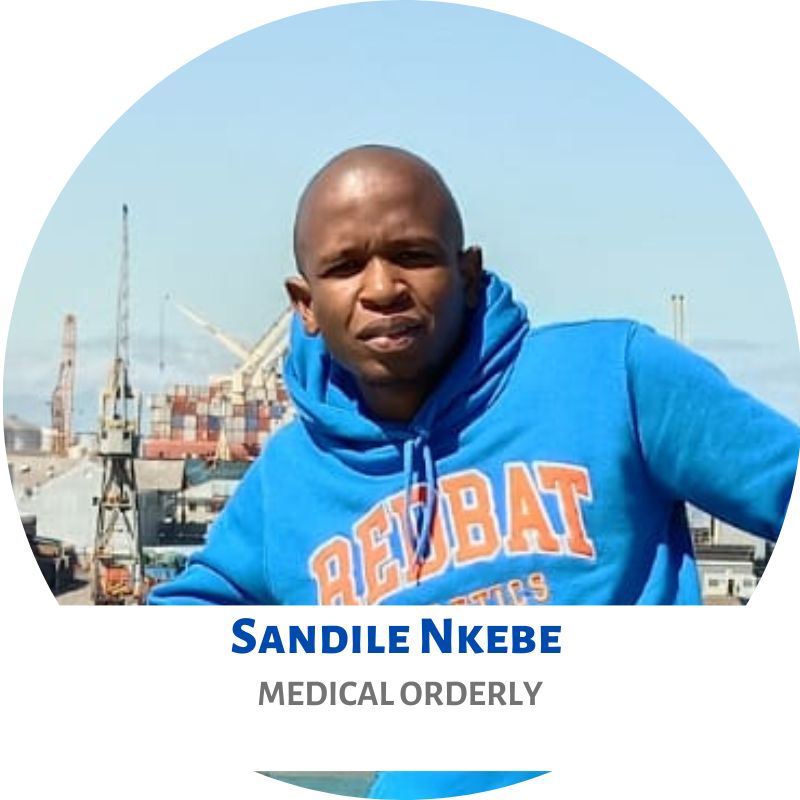
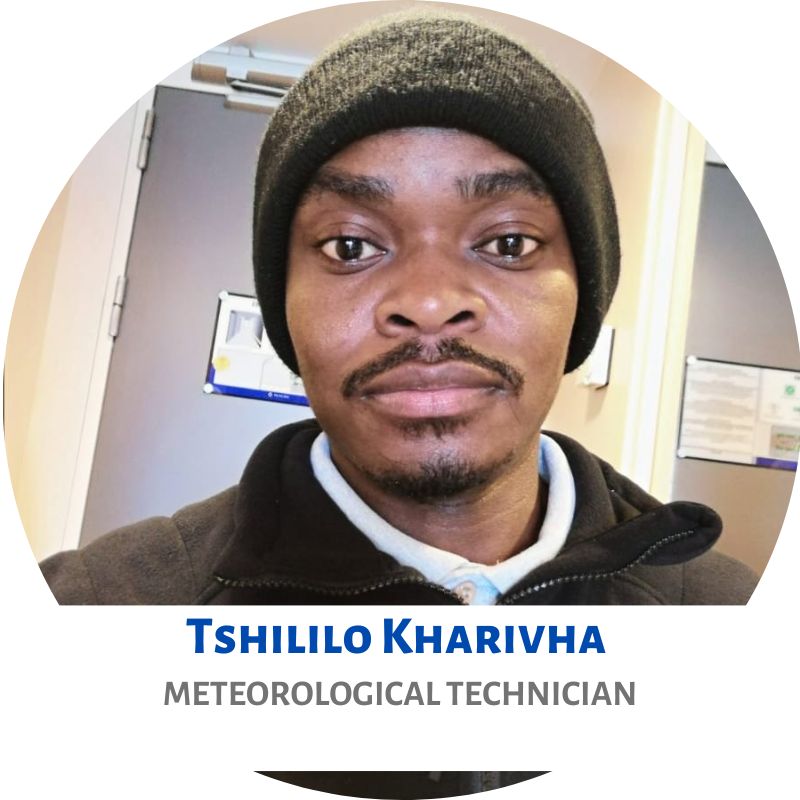
Anche Louw, Antarctic Legacy of South Africa, 25 August 2022, updated on 19 September 2022.
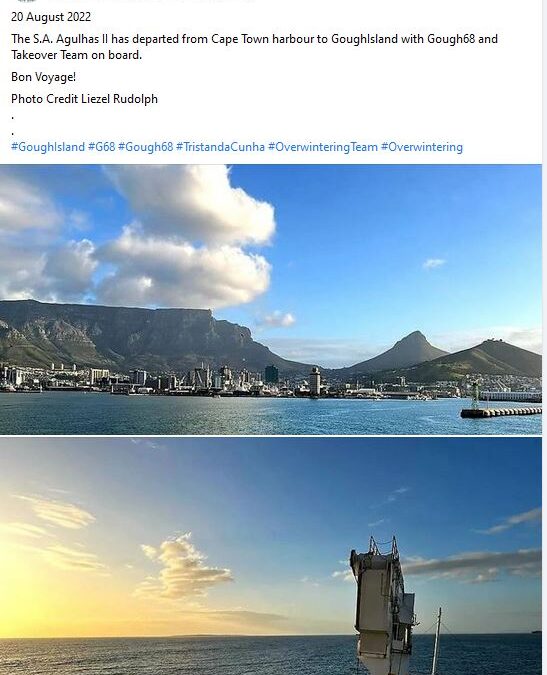
by Ria Olivier | Aug 23, 2022 | Current Event, Gough Island, News, Overwintering Team, SA Agulhas II, SANAP, Science, Southern Ocean, Stations, Take-Over Operations, Tristan da Cunha
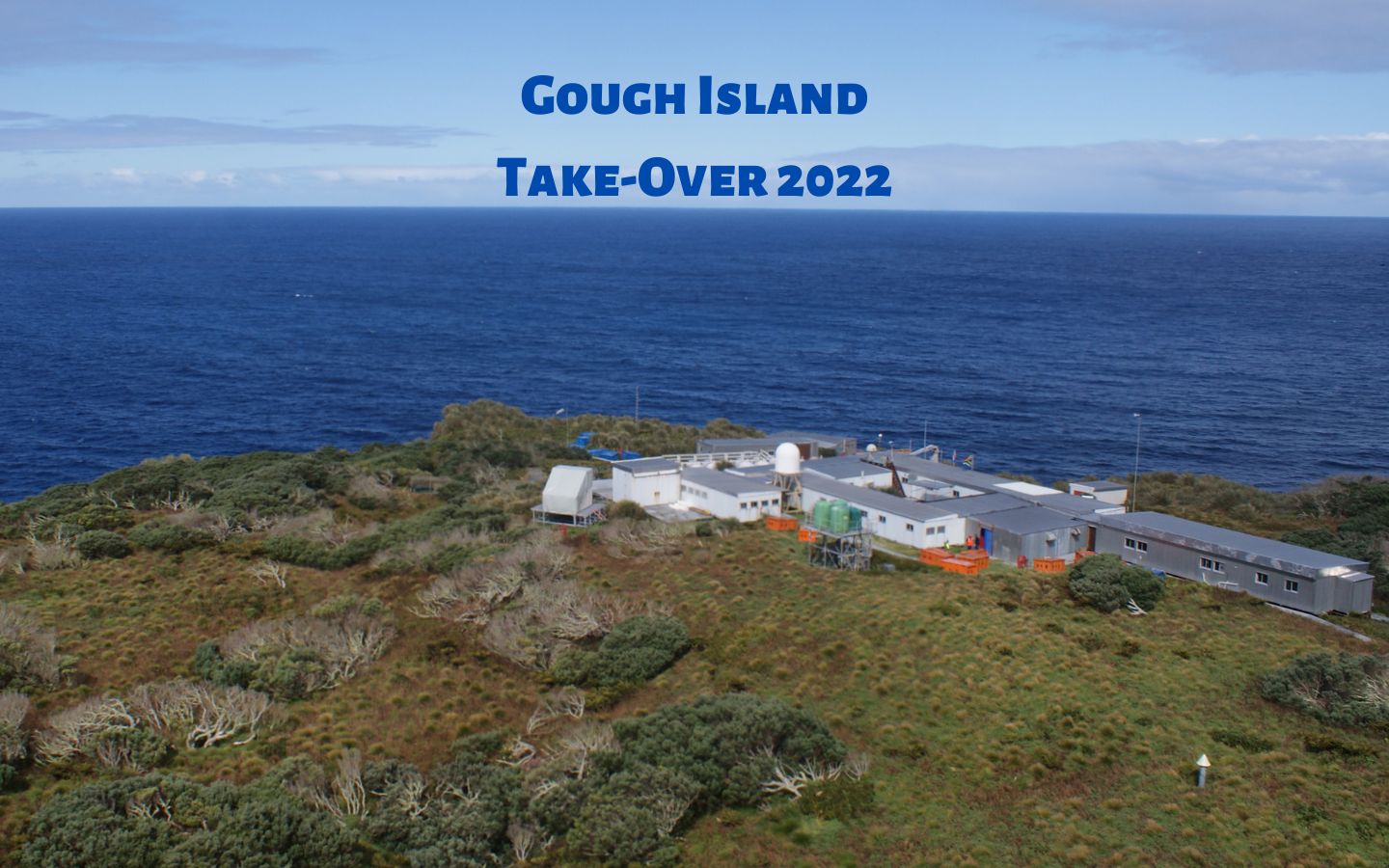
The S.A. Agulhas II departed from East Pier, V&A Waterfront on her annual Gough Island relief voyage on Saturday, 20 August 2022.
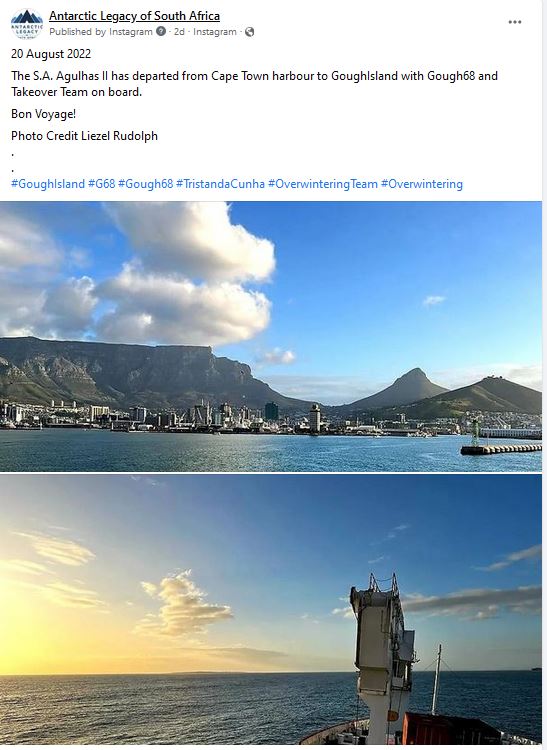
On the way to Gough Island, the vessel will stop at Tristan da Cunha, offloading Tristan passengers and cargo. This stopover will approximately be 60 hours. From here the vessel will depart to Gough Island. Passengers will disembark and cargo will be offloaded with helicopters. Scientific projects will commence.
Onboard are the DFFE Logistics team, the 68th Gough Island Overwintering team (9 team members), the National Department of Public Works (NDPW) maintenance team, Helicopter crew, Scientific personnel, and Tristan passengers.
Logistics Team
Department of Forestry Fisheries and the Environment (DFFE)
Directorate: Southern Oceans & Antarctic Support
Management, logistics and support for this voyage |
| Departmental Co-ordinator (DCO) | Ms Nomzi Ndzandzeka |
| Assistant DCO | Mr Zukisa Kuse |
| Technical Section | Mr Willem Boshoff |
| Medical Doctor | Dr MC Taggart |
| Waste Technician | Mr Tatulo Fipaza |
68th Gough Island Overwintering Team (Click here for profile pictures of the team members)
| Medical Orderly/Team Leader | Mr Joyfull Ntobeko Gaju |
| Diesel Mechanic | Mr Sibusiso Maduna |
Communications Engineer/
Deputy Team Leader | Mr Mayembe Kapenda |
| Electrical/Base Engineer | Mr Eddy Mfezeko Xaki |
| Senior Meteorology Technician | Mr Philani Siyabonga Ngcobo |
| Assistant Meteorology Technician | Mr Khuliso Collen Maphaha |
| Assistant Meteorology Technician | Mr Mphumzi Brooklyn Zilindile |
| RSPB Field Assistant | Dr Lucy Dorman |
| RSPB Field Assistant | Ms Rebekah Goodwill |
National Department of Public Works Maintenance Team
| Project Manager Leader | Mr Takalani Mudau |
Refrigeration Mechanical
& Deputy Leader | Mr William E Kriege |
| Carpenter | Mr A Petersen |
| Carpenter | Mr E Roberts |
| Carpenter | Mr ME Gazi |
| Bricklayer | Mr MI Jantjies |
| Plumber | Mr M Maluka |
| Plumber | Mr MW Samsodien |
| Plumber | Ms N Sogoni |
| Painter | Ms B Nelani |
| Crane Technician | Mr James Page |
| Crane Technician | Mr L Pierce |
| Mechanical | Mr J Zeelie |
| Mechanical | Mr MLG Porta Nova |
| Mechanical | Mr B Mpengesi |
| Mechanical | Mr LN Thomas |
Helicopter Crew
| Team Leader & Engineer | Mr Raymond van der Watt |
| Captain | Mr Waldo Venter |
| Captain | Mr Eugene Viljoen |
| First Officer | Mr Mukapitendwa Khalushi |
| First Officer | Mr Jason Abrey |
| Engineer | Mr Daniel Carstens |
Engineer Engine/
HLO/Crewman | Mr Warren Vogt |
| EngineerCrewman | Mr Eduan Teich |
| EngineerCrewman | Mr Jodi Brophy |
| Fire Fighter | Mr Zakariah Johnson |
Scientific fieldwork planned for the 2022 take-over
| South African Weather Service (SAWS) |
| Atmosphere and Ocean Surface Research |
| Group Leader | Mr. Julian Grace |
|
| Department of Forestry, Fisheries and the Environment (DFFE) |
| Monitor trends and changes in water quality, provide guidance and support |
| Group Leader | Ms Silindokuhle Ndlela |
|
| Royal Society for the Protection of Birds (RSPB) |
| Gough Island Restoration Programme |
| Group Leader | Dr Antjie Steinfurth |
|
| South African National Space Agency (SANSA) |
| Polar Space Weather Studies |
| Group Leader | Mr Christopher Gray |
|
| University of Fort Hare |
| Landscape and climate interactions (LCI) |
| Group Leader | Dr Elizabeth Rudolph |
Featured Image: Gough Island station (Credit: Julius Klette).
Anche Louw, Antarctic Legacy of South Africa, 23 August 2022
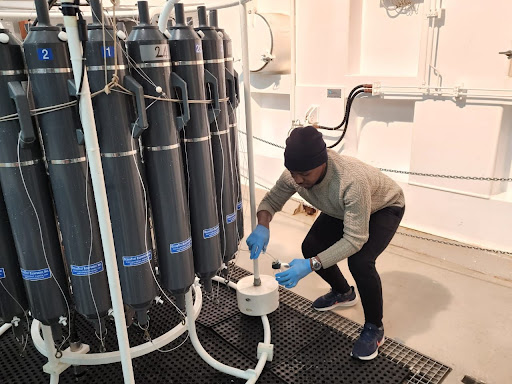
by Ria Olivier | Jul 29, 2022 | Antarctica, Current Event, Research, SA Agulhas II, SANAP, Science, Southern Ocean, sub-Antarctic
A CSIR-SOCCO – DFFE-Oceans & Coasts partnership
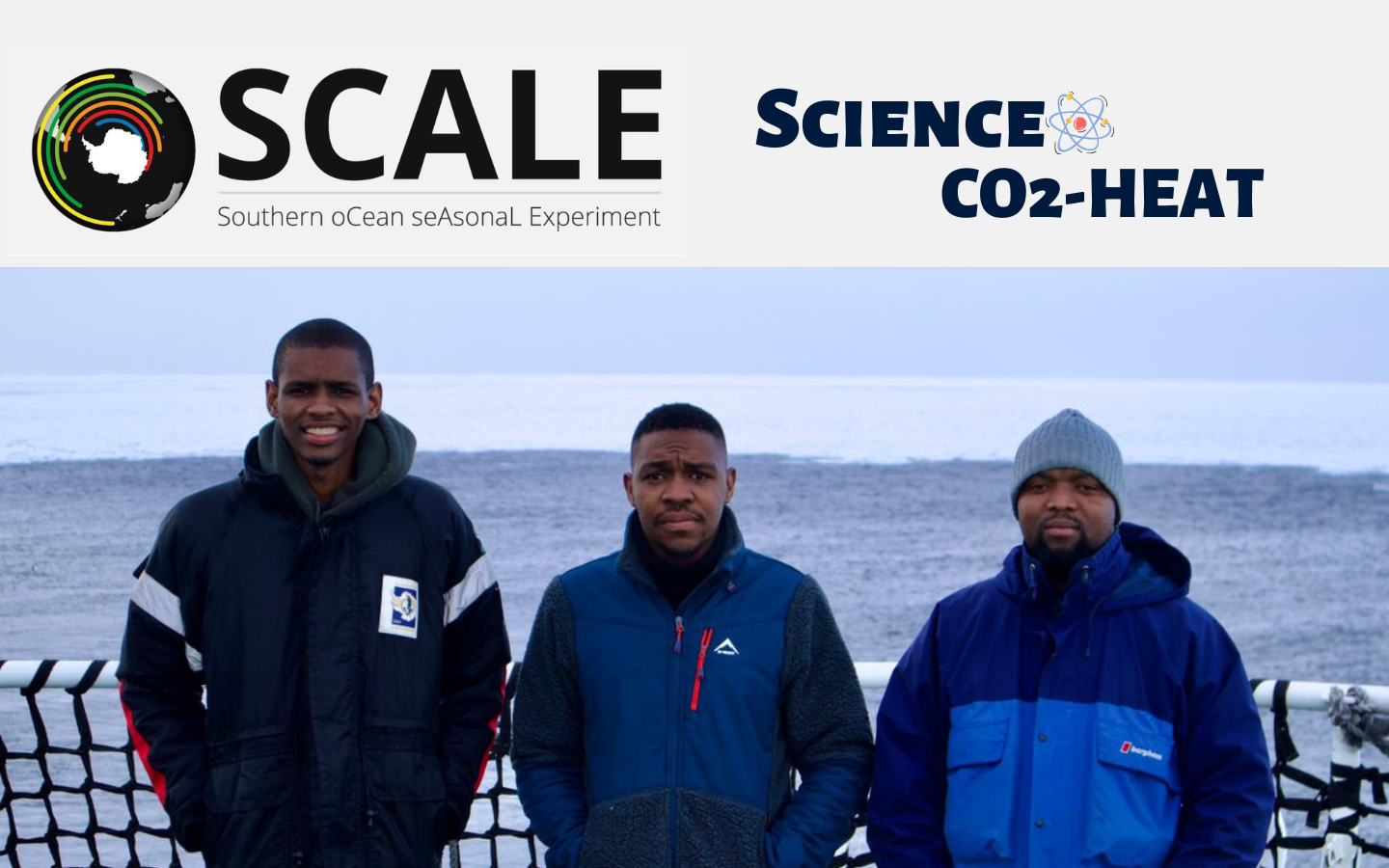
Team CO2-HEAT (L-R): Bubele Rasmeni, Siyabulela Hamnca and Baxolele Mdokwana.
| TEAM | CO2-HEAT |
| Project Name | Contemporary and Future Drivers of CO2 and Heat in the Southern Ocean |
| Principal Investigator | Sarah Nicholson | Council for Scientific and Industrial Research (CSIR) |
| Co-Principal Investigator | Pedro Monteiro | Council for Scientific and Industrial Research |
| Co-Principal Investigator | Sebastiaan Swart | University of Gothenburg |
Onboard CO2-HEAT team members:
| Team Member | Role | Affiliation |
| Siyabulela Hamnca | Onboard Team Leader | Council for Scientific and Industrial Research |
| Baxolele Mdokwana | Technician | Department of Forestry, Fisheries and the Environment (DFFE) |
| Bubele Rasmeni | Technician | Department of Forestry, Fisheries and the Environment |
Contemporary and Future Drivers of CO2 and Heat in the Southern Ocean
The contemporary Southern Ocean mitigates the effects of anthropogenic climate change through its disproportional uptake of carbon and heat. However, it is not well understood how this role will evolve under different emission and mitigation scenarios. The Southern Ocean also remains the largest source of global ocean uncertainty in the global estimates of CO2 and heat fluxes. While much has been achieved globally and regionally in constraining the variability and some of the mechanisms that drive Southern Ocean CO2 and heat fluxes separately, we propose that a significant part of the challenge lies in the lack of research on CO2 and heat together to better understand the feedback and the mechanisms that drive those feedbacks.
This SANAP-NRF project aims to examine the changing role of the Southern Ocean in global climate by looking at the two main drivers CO2 and heat, in an integrated way using an unprecedented 10-year high resolution glider dataset from the 2012-2022 SOSCEx experiments, prognostic biogeochemical models, and new observational experiments planned in partnership with CSIR and DFFE as well as the SO-CHIC EU H2020 project. This collaboration is undertaken as part of the emerging National Ocean CO2 Facility, a research infrastructure integration between CSIR and DFFE within SAPRI and hosted at DFFE.
We aim to gain a better understanding of how the interaction of atmospheric synoptic cycles (storms) and fine-scale (0.1-100 km) ocean processes influence seasonal-decadal variability of CO2 and heat fluxes. This will include the extent to which they feedback on each other and ultimately contribute to a better understanding of the role of the Southern Ocean in the global carbon-climate system.
The expected three outcomes are:
- Improved observational constraints for the contemporary seasonal-interannual variability of CO2 and heat fluxes.
- Understanding of how storms and their interaction with fine-scale dynamics influence the seasonal and interannual variability of CO2 and heat fluxes.
- Identify the potential mechanisms that could explain the decadal anomaly in CO2 fluxes at the end of the 20th century.
Winter cruise sampling:
The SCALE Winter-2022 cruise provides an important opportunity to address a key source of uncertainty in annual Southern Ocean CO2 and heat observations – the dearth of winter time observations. While the lack of winter observations has been improved by the recent proliferation of SOCCOM floats, ship-based observations remain highly valuable as an independent and direct measurement of CO2 and importantly include heat flux observations. On the SCALE Winter-2022 cruise, the CO2-Heat team will be sampling profiles of dissolved inorganic carbon (DIC) and Total Alkalinity. The underway pCO2 system will also be operated during the cruise. Simultaneously, the heat flux sensors are in continuous operation measuring the short and long-wave radiation on minute time-scales. In addition, as part of SO-CHIC, two Saildrones will overlap with the ship sampling path for calibration of measured CO2 and heat flux. The Saildrones will remain in the Southern Ocean sampling heat and CO2 fluxes for the remainder of winter. These key winter observations will be contrasted to the previous summer observations made during the dedicated SO-CHIC cruise in January 2022.

Dr Siyabulela Hamnca in action during SCALE-WIN22.
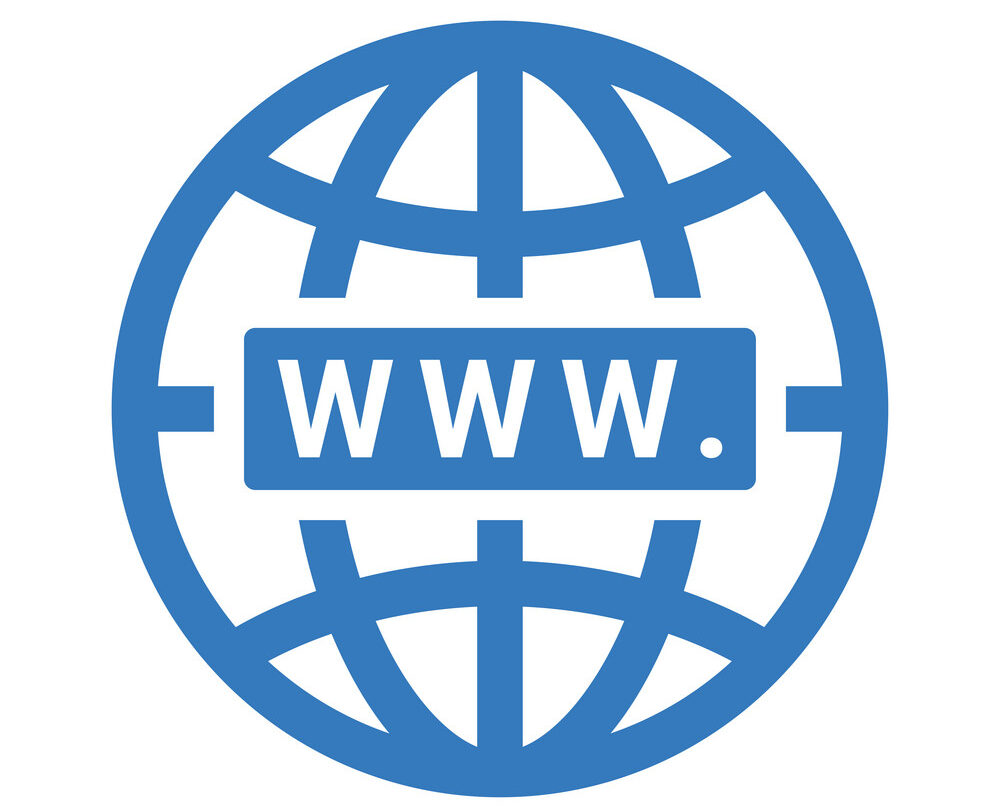
For more information visit:
Text supplied by Sarah Nicholson (PI).
Featured image supplied by Kurt Martin (SAPRI trainee).
Anche Louw, Antarctic Legacy of South Africa, 29 July 2022.


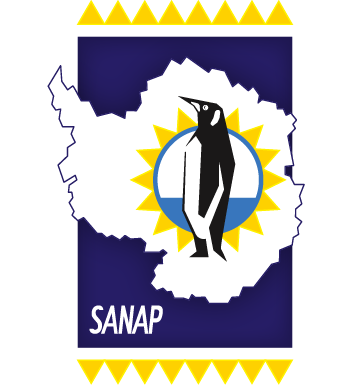







 The Prince Edward Islands was declared
The Prince Edward Islands was declared 

























